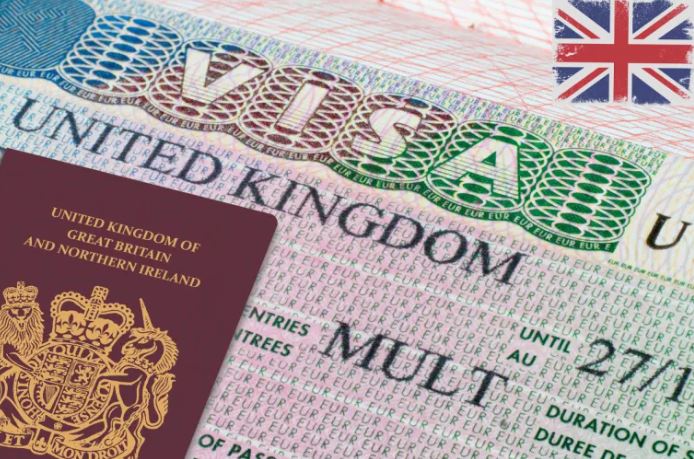Why Kenya’s debt outlook is improving: Stronger shilling, weaker dollar, policy shifts drive decline

According to Afreximbank's 2025 report on the state of debt burdens, a major external influence behind this shift is the changing economic policy environment in the United States.
Kenya’s debt outlook is improving, with a projected gradual decline driven by a mix of global and domestic factors easing its external debt burden.
According to Afreximbank's 2025 report on the state of debt burdens, a major external influence behind this shift is the changing economic policy environment in the United States.
More To Read
- CBK expands list of licensed digital lenders as review of 700 applications continues
- Auditor General flags risks in Kenya’s Sh4.24 trillion budget, warns of rising debt
- Kenya’s loan defaults surge to Sh717.5bn as banks intensify recovery efforts amid financial strain
- Africa’s pharma market to grow 26pc by 2029 as demand rises, but local production still lags
- Kenya Kwanza Government adds Sh1.4 trillion to national debt in two years
- Afreximbank launches Sh129bn funding kitty to empower African creatives
It points out that the renewed rise of protectionist and nationalist rhetoric, largely shaped by Donald Trump’s economic stance, has played a role in weakening the US dollar, offering welcome relief for countries with large dollar-denominated debt portfolios.
“Trump's broader economic stance, rooted in protectionism and economic nationalism, has weakened the US dollar,” the report reads.
US dollar down
As of Monday this week, the US dollar was down 0.7 per cent against a basket of its trading partners, taking it close to the three-year low it hit in the wake of Trump’s “liberation day” tariff blitz in early April.
“For African countries with high levels of dollar-denominated external debt, this situation offers some relief in debt servicing and reduces rollover risk,” the report adds.
“Economies such as Ghana, Kenya, Nigeria, and Zambia, which have significant exposure to Eurobonds and syndicated commercial loans, are now less susceptible to exchange rate risk.”
The US dollar continues to be the most dominant foreign currency in Kenya’s external public debt portfolio, with its share rising slightly from 66.9 per cent in FY 2022/23 to 67 per cent in FY 2023/24.
Euro share increased to 22.5 per cent from 21.5 per cent while the portfolio held in Japanese Yen was 3.4 per cent, Yuan at 4.8 per cent and Sterling Pound (GBP) at 2.1 per cent.
Other currencies accounted for 0.2 per cent during the period under review.
Shilling's notable gains
Notably, as the dollar weakens, the Kenyan shilling has been making notable gains, helping to ease the country’s external debt burden.
The recovery has been witnessed since early February 2024.
Fast forward to the end of the first quarter of this year, March 2025, the local currency has made a significant turnaround with a 14 per cent year-on-year gain against the US dollar.
Analysis of data from the Central Bank of Kenya shows the shilling averaged an exchange rate of 129.34 to the dollar, a 13.6 per cent gain from the same quarter in 2024, when it averaged 149.74.
The upward momentum marks an arguably sharp reversal from the corresponding period last year, when it hit its lowest point in history.
It slumped to an all-time low of 161 against the greenback sometime in January 2024.
The apex bank currently quotes the shilling at an average of 129, a rate it has maintained for nearly 10 months now and running.
Dollar-denominated debt
Ideally, a stronger shilling against the dollar means the country needs less money to repay its dollar-denominated debt, effectively lowering the total cost of repayment.
In January 2025, Kenya’s external public debt dropped by Sh1 trillion, largely due to the shilling's significant appreciation against major global currencies.
According to Treasury Cabinet Secretary John Mbadi, Kenya’s external debt stock dropped by 16.4 per cent — from Sh6.09 trillion in December 2023 to Sh5.09 trillion in January 2025.
This decline was attributed to the shilling's 21.1 per cent gain against the US dollar, 29.2 per cent against the euro, and 24.3 per cent against the British pound during the period.
The stronger shilling also led to a reduction in debt servicing costs.
Mbadi said interest payments on external debt were revised down from Sh259.9 billion to Sh228.5 billion, and principal repayments were lowered by Sh29.1 billion to Sh301.6 billion, resulting in total savings of approximately Sh31.4 billion.
The local currency appreciation also positively impacted Kenya's debt sustainability metrics.
The debt-to-GDP ratio declined to 65.7 per cent in June 2024 from 72 per cent in June 2023, with projections indicating a further decrease to 57.8 per cent by June 2028.
Top Stories Today













































